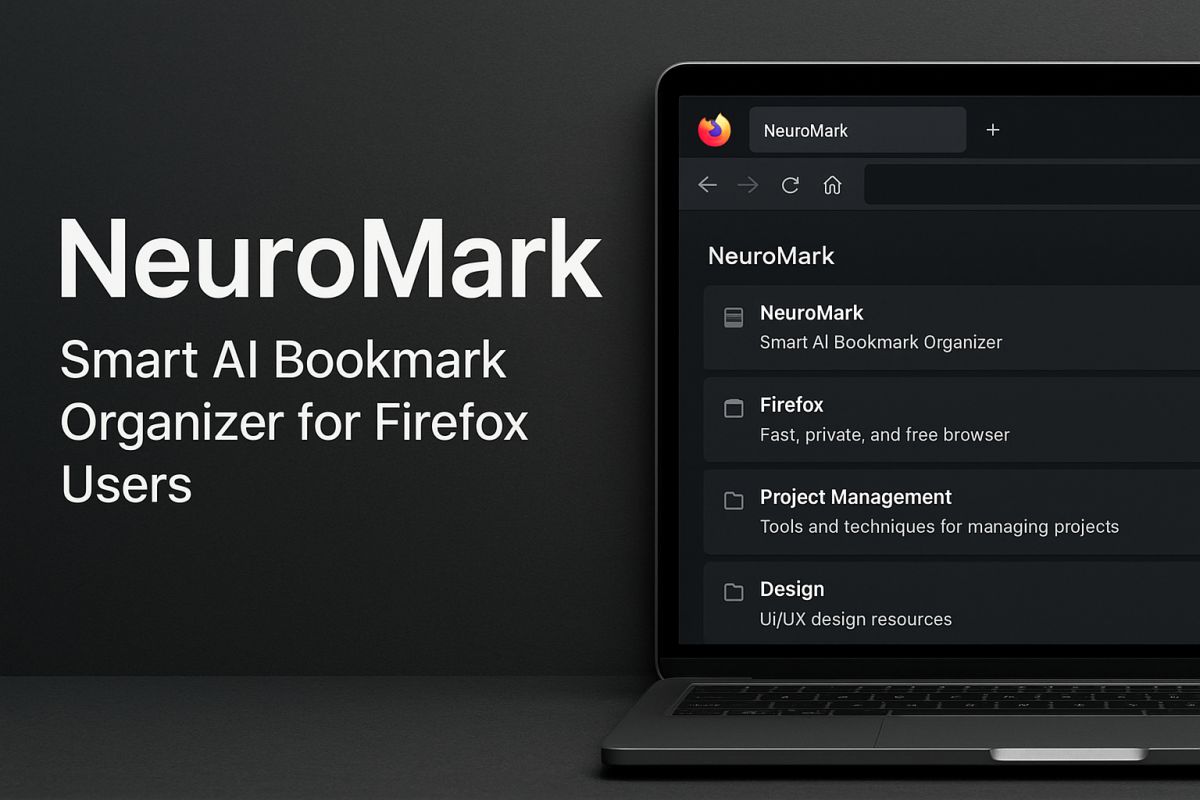Have We Reached The End of ‘Too Expensive’ For Enterprise Software?

No, enterprise software is still often considered too expensive. While prices have become more flexible and competitive, the high costs associated with these solutions remain a significant barrier for many businesses, particularly small and medium-sized enterprises (SMEs).
The Persistent Cost Challenge
Enterprise software, which includes applications like customer relationship management (CRM), enterprise resource planning (ERP), and human capital management (HCM) systems, offers businesses crucial tools for efficiency and growth. However, these benefits come at a price.
- High upfront costs: Implementing enterprise software often requires substantial initial investments. This includes licensing fees, hardware and software upgrades, and professional services for installation, customization, and training.
- Ongoing maintenance expenses: After the initial investment, businesses face ongoing costs such as maintenance fees, support contracts, and upgrades to keep the software current and secure.
- Hidden costs: Beyond the direct costs, there are hidden expenses associated with enterprise software. These include the cost of employee downtime during implementation and training, the disruption to business operations, and the potential for data migration issues.
Factors Contributing to High Costs
Several factors contribute to the high cost of enterprise software:
- Complexity: Enterprise software is complex and requires specialized expertise to implement and maintain. This expertise comes at a premium, driving up costs.
- Customization: Many businesses require customized solutions to meet their specific needs. Customization can significantly increase the cost of implementation and ongoing maintenance.
- Vendor lock-in: Once a business invests in a particular enterprise software solution, it can be difficult and expensive to switch to a different vendor. This vendor lock-in gives software providers significant pricing power.
Emerging Trends that are Impacting Costs
While the high cost of enterprise software remains a concern, several emerging trends are impacting the cost equation:
- Cloud computing: Cloud-based enterprise software solutions have become increasingly popular. Cloud solutions offer several cost advantages, including:
- Pay-as-you-go pricing models: Cloud solutions often use pay-as-you-go pricing models, allowing businesses to pay only for the resources they use.
- Reduced upfront costs: Cloud solutions eliminate the need for significant upfront investments in hardware and software.
- Scalability and flexibility: Cloud solutions are highly scalable and flexible, allowing businesses to easily adjust their resource allocation based on their changing needs.
- Open-source alternatives: Open-source alternatives to commercial enterprise software are becoming more mature and robust. Open-source software can offer significant cost savings compared to commercial solutions, as there are no licensing fees. However, businesses may need to invest in support and maintenance services.
- Subscription models: Many enterprise software vendors are transitioning to subscription-based pricing models. Subscription models can make enterprise software more accessible to businesses of all sizes by spreading the cost over time and reducing the upfront investment.
- Artificial intelligence (AI) and machine learning (ML): AI and ML are being integrated into enterprise software solutions to improve efficiency and reduce costs. For example, AI-powered chatbots can automate customer service tasks, while ML algorithms can optimize business processes.
Strategies for Managing Enterprise Software Costs
Businesses can implement several strategies to manage the costs associated with enterprise software:
- Conduct thorough needs assessments: Before selecting enterprise software, businesses should conduct thorough needs assessments to determine their specific requirements. This will help them avoid purchasing features they don’t need, which can drive up costs.
- Negotiate aggressively with vendors: Businesses should negotiate aggressively with vendors to secure the best possible pricing and contract terms.
- Explore alternative funding options: Businesses can explore alternative funding options, such as leasing or financing, to spread the cost of enterprise software over time.
- Invest in employee training: Investing in employee training can help businesses maximize the return on their enterprise software investment. Well-trained employees are more likely to use the software effectively and efficiently.
- Monitor usage and performance: Businesses should regularly monitor their usage and performance of enterprise software. This can help identify areas for improvement and optimize costs.
The Future of Enterprise Software Pricing
The future of enterprise software pricing is likely to involve a combination of factors:
- Continued growth of cloud-based solutions: Cloud computing will continue to drive down the cost of enterprise software by offering pay-as-you-go pricing models and reducing the need for significant upfront investments.
- Increased use of AI and ML: AI and ML will play an increasingly important role in optimizing enterprise software and reducing costs.
- Emergence of new pricing models: New pricing models, such as consumption-based pricing and outcome-based pricing, may emerge as businesses seek more flexible and predictable pricing options.
Conclusion
While the high cost of enterprise software remains a significant challenge for many businesses, emerging trends such as cloud computing, open-source alternatives, and subscription models are making enterprise software more accessible and affordable. By carefully evaluating their needs, negotiating aggressively with vendors, and implementing cost-saving strategies, businesses can effectively manage the costs associated with enterprise software and maximize their return on investment.
Disclaimer: This article is for informational purposes only and should not be construed as financial or investment advice.









